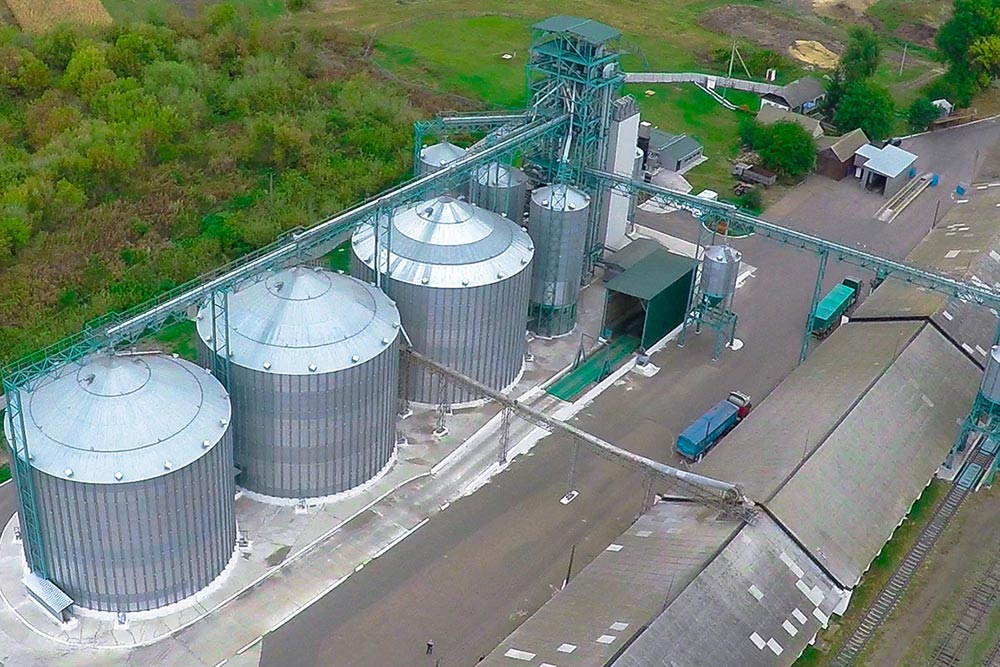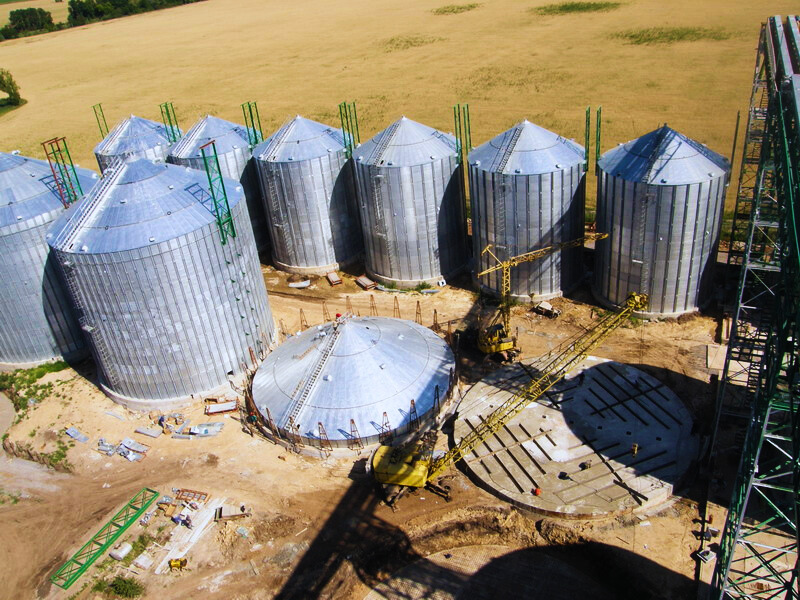
Grain Elevator ABC

Energy efficiency of elevators: practical recommendations
28.10.2025
Energy efficiency of elevators is not only a modern trend, but also an important tool for saving resources and reducing the cost of services. The main principle to start with is the same as when working with any equipment: first, read the instructions, and in the case of energy efficiency, consult with energy audit specialists. It is the energy audit that allows you to identify real savings potential and priority areas for improving efficiency.
First steps towards energy efficiency in elevators
Ukraine has a legislative framework regulating energy conservation issues. According to the law, energy efficiency measures are technical, organizational, economic, or informational actions aimed at reducing specific energy consumption.
For an operating elevator, the first step should be to collect and analyze data on actual energy consumption. This is the basis for compiling an energy balance, identifying irrational costs, and developing effective, quick, and low-cost energy-saving measures.
Optimization of elevator equipment operation
The main areas for improving elevator energy efficiency include:
- Replacing electric motors with energy-efficient models.
- Optimizing conveyor operation — maximum loading to reduce operating time.
- Rational operation of ventilation systems in silos.
For grain dryers, it is also important to ensure the rational use of thermal energy. This involves thermal engineering adjustments, identifying areas of heat loss, and eliminating them.
Use of renewable energy sources at the elevator
A more ambitious development direction is the transition to renewable energy sources. A “quick” solution is to install heat-generating units that run on biofuel: agricultural, straw, plant residues, or wood. Another option is to produce biogas from biomass on your own farm. Such solutions are particularly suitable for enterprises engaged in land cultivation, as they have access to the necessary raw materials.
The choice of energy crops directly influences the design of heat-generating equipment. For example, fast-growing trees (willow, poplar), perennial grasses (Miscanthus), plant residues, or grain cleaning waste can be used to produce solid fuel. Rapeseed is a prime example—its seeds can be processed into biodiesel, and its straw can be used as solid fuel. As a result, we are considering opposite production processes, but both types of fuel can be used to achieve the goal of dehydration.
Another promising area is the use of solar energy — the installation of solar power plants (SPPs) and/or energy storage systems. Depending on the capacity of the facility, they can partially or fully cover its needs. At the same time, the economic feasibility of each project must be carefully assessed.
Systematic approach and economic feasibility
When constructing new elevators or modernizing existing ones, it is worth considering the use of heat pumps, taking into account the geological features and design parameters of the foundations and pile bases.
When implementing energy-efficient solutions, it is important to consider implementation times, operational characteristics, and payback periods. After all, energy efficiency is not a one-time event, but a systematic effort that must comply with European requirements for eco-design and energy consumption characteristics of equipment.
This approach will allow the elevator not only to reduce energy consumption, but also to increase competitiveness by making production more stable and independent of fluctuations in the energy market.
Read more on the topic:
- Nikolay Cheshin: If the power outage schedule is 2/4/2, there is no point in starting the dryer (read the article)
- How to determine the power of a diesel generator for backup power supply to an elevator? (read the article)
- Grain dryers on alternative fuel: PROS and CONS (read the article)
Author – Roman Shtelmakh, Director of Customer Service at KMZ Industries (Facebook, Linkedin)
POPULAR
ПОНАД 5000 ПРОЄКТІВ
ВТІЛЕНО В СВІТІ
CONTACTS
HEAD OFFICE
+38 (05346) 221 38
2 Sergii Nihoian St., Karlivka, Poltava region, 39500, Ukraine
SALES OFFICE
+38 (050) 435 76 97
sales@kmzindustries.ua ,
2V Mykilsko-Slobidska St., office 157, Kyiv, 02002, Ukraine







